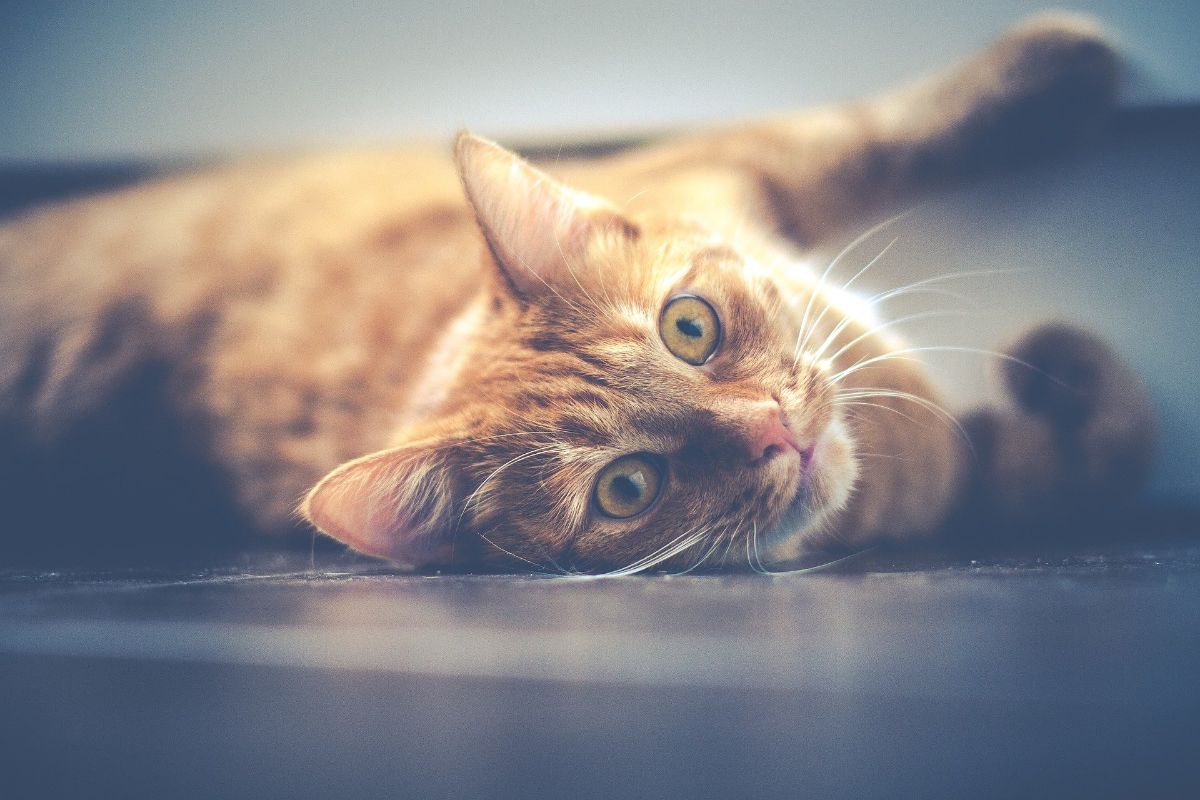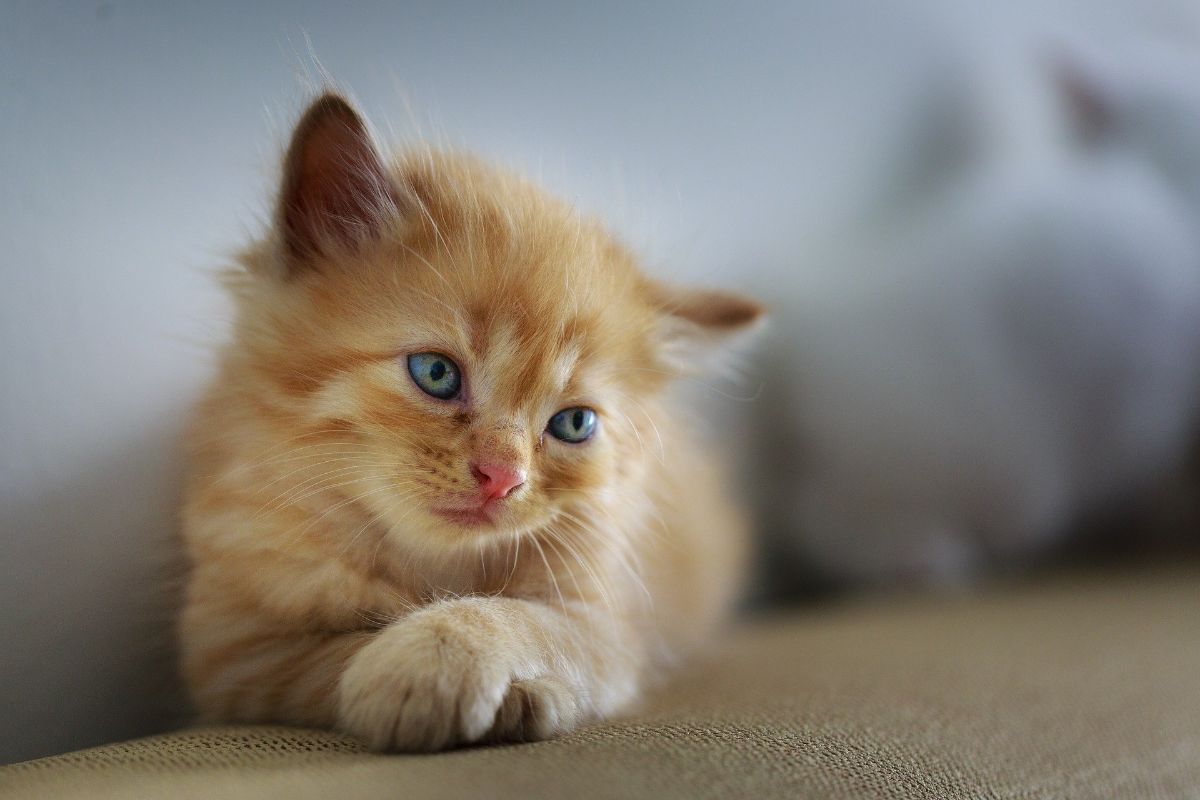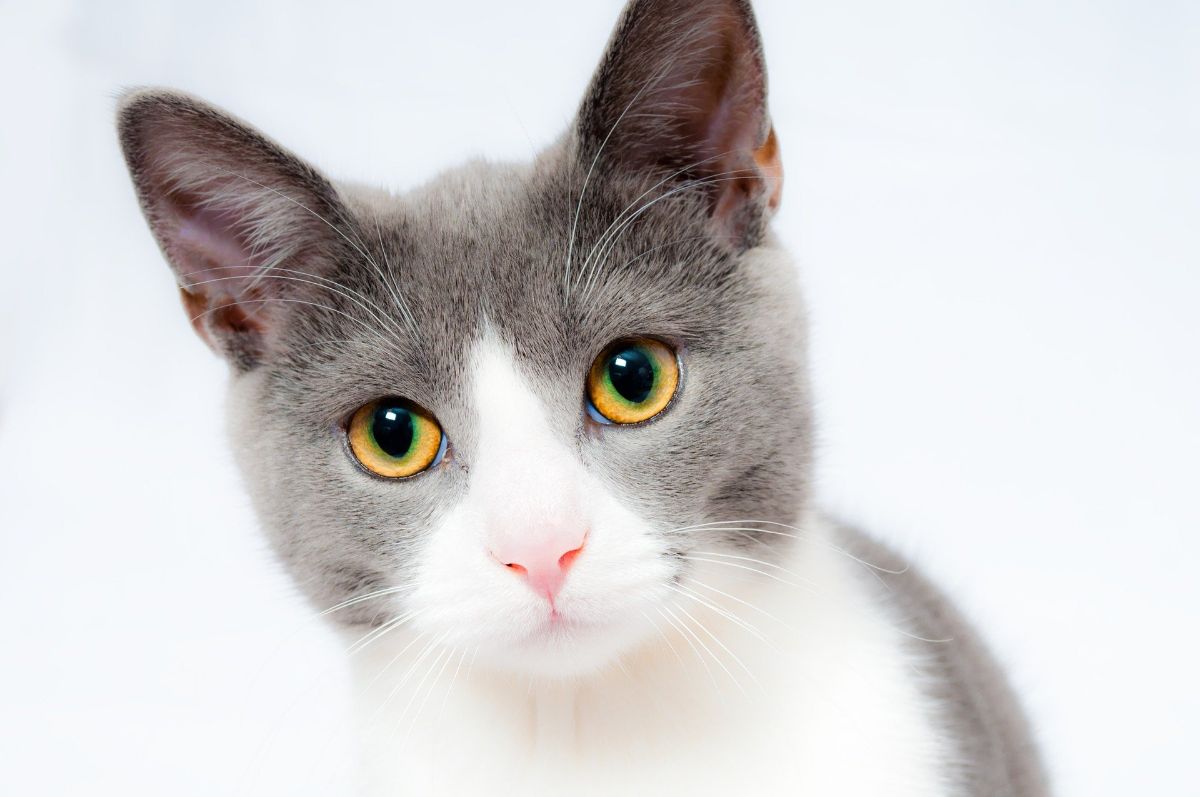
When you have a cat as a pet, the last thing you want is for it to get sick. However, even if you try to prevent it by all means, there are diseases that can happen to you. And one of them is ringworm in cats.
Characterized by the disease that removes hair from your cats, ringworm in cats is an important problem that you must know how to detect in time so that treatment is more effective and, above all, so that it does not become a serious problem. But, what is ringworm? What symptoms do you have? How is it cured? We talk about all this below.
What is ringworm in cats?

Ringworm in cats is also known as feline dermatophytosis. It is a problem that arises on the skin of cats due to a fungus. The problem is that this is very infectious and contagious, and it would not only affect kittens, it can also spread to humans, dogs or other animals.
Therefore, it is important to detect it in the early stages to avoid a significant infection. Specific, The fungus that causes this problem is known as Microsporum canis, and it affects not only the skin, it can also inhabit the hair or nails of animals. This feeds above all on the keratin in those areas, which is why it usually prioritizes these (and is the reason why your cat's hair falls out). But they are not the only symptoms you will have.
Symptoms of ringworm in cats

If you have a cat, or several, and you want to know what are the signs that warn you of the problem, here we detail them.
- frequent scratching The itching that does not stop will cause your cat to be scratching continuously and, due to that stress, they will end up compulsively biting or licking to relieve themselves. The problem is that this can end up distributing the fungus to more areas of your body.
- Loss of hair. They usually appear in the form of circles, either scattered or in a specific area. The most likely to suffer from it are the ears or the extremities, but if you don't realize it, it may happen that, in a few days, they have "bald spots" on the head or back.
- Appearance of scabs, normally due to the above, the bites that are given to relieve themselves. However, colored flakes may also appear as well as a very characteristic odor of ringworm in cats.
- want The kerions are nodules that appear on the animal's body and are very painful.
Of course, keep in mind that the symptoms are not immediate, they can appear about 2-4 weeks after being infected.
Why you can get ringworm
If you are wondering right now what can trigger ringworm disease in cats, you should know that There can be both internal and external factors. Detecting them is important because, if you avoid them, you will be preventing your pet from getting infected. But what are those?
- Low defenses. An animal that is sick or prone to being sick may have a higher chance of falling prey to this health problem.
- Poor diet or physical shape. Imagine a cat that doesn't eat well, or is chubby. These are aspects that can predestine you to diseases, one of these being ringworm in cats.
- Stress.
- An inappropriate environment. In this case we are talking about living in a place where the growth of fungi is conducive, such as excessive heat or humidity, lack of hygiene, sunlight...
Fungi do not really have one way to spread, but there are many. For example, it can be spread through the environment, or through contact with infected animals. It can also appear by coming into contact with objects that are "infected", either because spores of the fungus have been deposited and these pass to the animal, or because an infected animal has left these spores and another can pick them up (in the food, blankets, toys, litter box…).
[related url=»https://infoanimales.net/cats/renal-failure-in-cats/»]
That is why good hygiene and cleanliness of everything around the animal is very important so that the disease does not affect it).
Also, you should keep in mind that, as we have said before, ringworm in cats can also affect humans.
What to do if your pet has ringworm

Although we would never want this to happen, it is important to be prepared in case it does happen. In other words, you should know what to do if your cat has ringworm. Specifically, the steps you must take are the following:
Veterinary
If you notice the symptoms described above, it is important that you take your cat to the vet for a check-up. Specifically, there is a certain test that is carried out to find out if the animal has been infected with ringworm. There are three tests that can be done:
- Wood's ultraviolet lamp test. This detects the presence of the fungus in the infected hairs, although it is the test that can give the most mistakes.
- Microscopic examination. The affected hair is passed through a microscope in order to identify the problem and, if it is the culprit fungus, to know the exact type that has caused the disease. It is the fastest and most effective test.
- Farming. Making a culture is another way to detect it, although this is usually left more to the animals that live with the infected person to determine if they have been infected or not.
Ringworm in Cats: Treatment
Once the vet gets the test results, he or she will give you a treatment that you must follow to the letter for the animal to heal. In addition, it is possible that, if you have more animals and they are infected, they should follow the same or a different treatment. Everything will depend on the type of animal, health and pathologies that each one may have.
Cleaning
It is important that, if you have cats with ringworm, extreme hygiene and cleanliness. In fact, we recommend that, once you arrive from the vet, you do not take the cat out of the carrier but that you start cleaning the whole house thoroughly. Including the objects that there are. This is because it is important to disinfect the entire house from the fungus.
Then try set aside a part of the house for your cat so that it does not roam all over it since it can end up infecting you. If you have other animals and they are "clean", try to keep them separate from your cat until it is cured. But at the same time watch those animals, or yourself, in case you develop the disease.